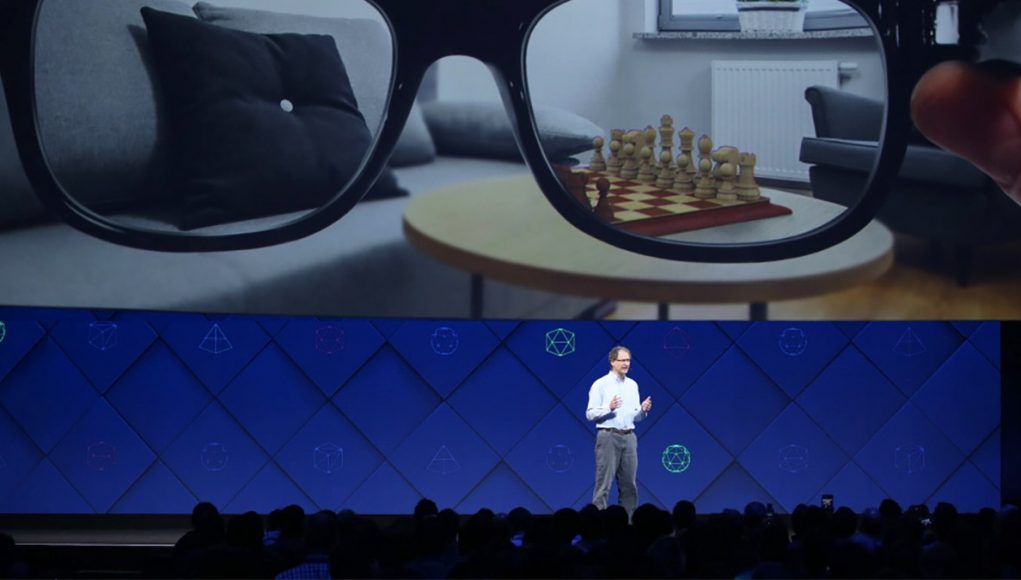Stanford University is researching to customize virtual reality devices so that we can use them without requiring glasses, even if we have problems such as myopia.
The researchers of the Computational Imaging Lab of the University of Stanford, the makers of the light stereoscope, are testing hardware and software solutions designed to change the focal length, which they christen adaptive focusing displays. The group tested two different hardware solutions, one with liquid lenses that are adjusted with a spinner to change the vision of the screen and another mechanical option that moves the screen forward or backward, as it happens with other virtual reality devices. The system also includes eye tracking that allows knowing by software where the user is looking in order to control the hardware and offer the most comfortable vision solution. The software can take into account nearsightedness or farsightedness problems, but it cannot yet correct astigmatism.
With these screens it is not necessary to use glasses or contact lenses to have a good visual experience. The researchers tested prototypes of these customized virtual reality displays with 173 candidates ranging in age from 21 to 64, and found that the technology enhanced the viewing experience through a wide range of vision features. The research was supported in part by the National Science Foundation, a Terman faculty fellowship, and grants from Okawa Research, Intel, and Samsung.









